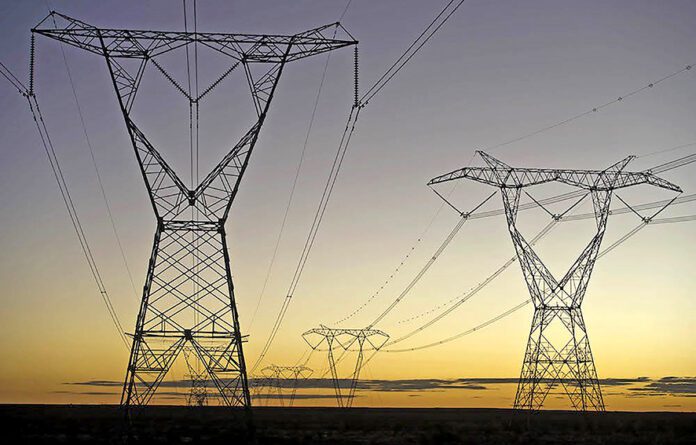Research house Fitch Solutions expects coal-fired power to remain dominant as South Africa’s energy crisis endures.
“We expect to see a significant investment into the market’s coal-fired electricity, as Eskom is set to fast-track the construction of Kusile power station units,” Fitch said in a research note.
“Although the South African government intends to gradually decarbonise the power sector over the next decade, the market will remain heavily reliant on coal-fired power, accounting for an annual average of 80.7% of total power output.”
The entity further said it expects loadshedding to remain high, although short-term measures will reduce its severity.
“The present and persistent dominance of coal is due to Medupi and Kusile projects. The fast-tracking of construction of Kusile units 1, 2, 3, and 5 by Eskom will bring online a significant amount of capacity.
“The units combined are set to bring online over 2 800 megawatts of capacity onto the South African grid.”
Eskom, which turned 100 years on Wednesday, was granted a R254-billion lifeline by the National Treasury recently to reduce its debt of R400-billion.
In 2022, the cash-strapped power utility secured a loan of R9-billion from the World Bank to repurpose its Komati power station in Mpumalanga.
In November, Eskom decommissioned the coal-fired Komati station, which has been in operation since 1961, and has now come to the end of its life.
Komati’s mothballing marks the start of the repurposing of coal-fired power stations to renewable energy.
Fitch said it expects costs to slow down the rollout of renewable energy in the country.
“South Africa will continue to maintain strong growth potential for renewables, although we highlight rising material costs for wind turbines might have a negative influence on timely completion of wind projects,” Fitch warned.
“Despite this, we highlight that South Africa still holds a strong investor interest for South Africa’s renewable power auctions under the renewable energy independent power producer procurement programme, underlining the strong growth potential for non-hydropower renewables in the market.”
Last year was South Africa’s most intensive loadshedding year, as Eskom implemented over 3 700 hours of power cuts with stage two and four being the most implemented stages.
In February, President Cyril Ramaphosa declared the energy crisis as a national state of disaster.
The state of disaster is set to allow government to take extraordinary measures to stop loadshedding and fully implement plans to increase power capacity to the grid.
For more business news from Sunday World, click here.
Follow @SundayWorldZA on Twitter and @sundayworldza on Instagram, or like our Facebook Page, Sunday World, by clicking here for the latest breaking news in South Africa. To Subscribe to Sunday World, click here



